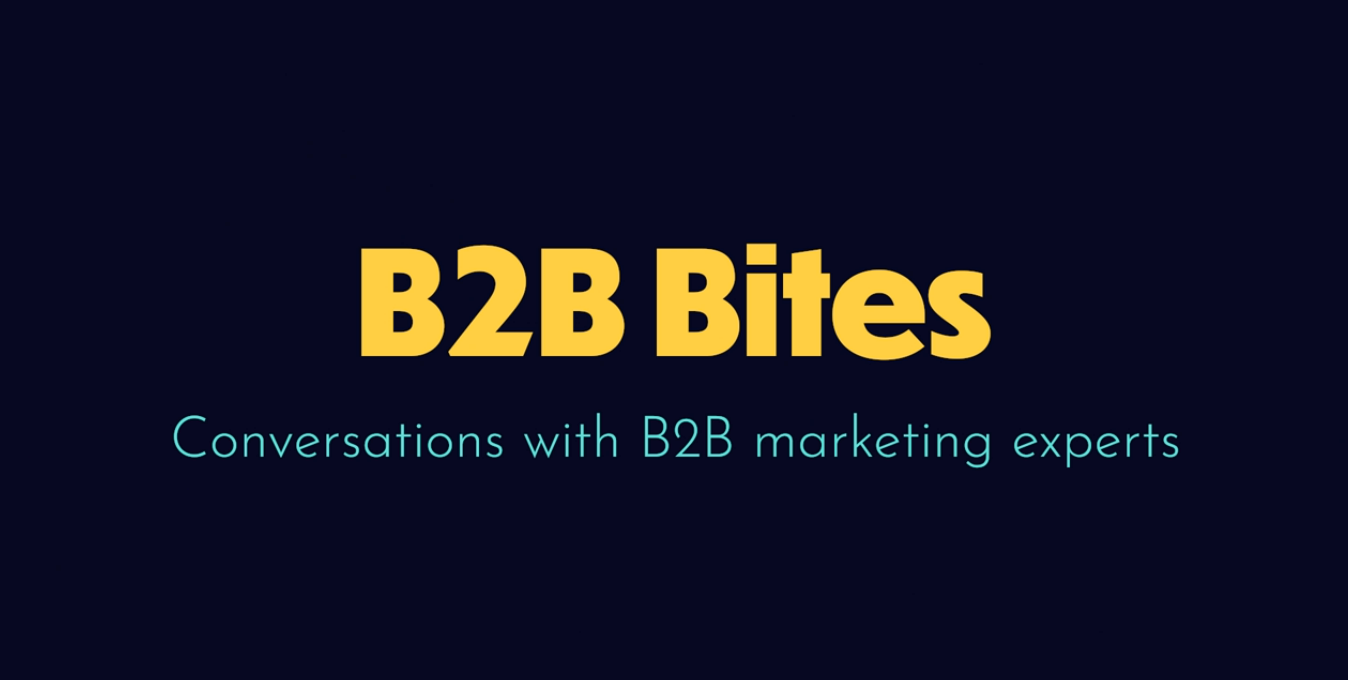Whether you’re practicing traditional marketing strategies or investing in inbound efforts to improve your business, measuring ROI is a critical step in making smart marketing decisions. That said, measurement tools and ROI transparency change with the marketing tactics you may (or may not) be using.
How accurately can you measure your current ROI, and what steps can you take to get a firmer grasp on your marketing spending? In this blog, we compare analytics and ROI indicators for both traditional and inbound marketing strategies.
ROI for traditional marketing strategies
When it comes to traditional marketing strategies, accurately measuring ROI and making decisions based on these metrics is a task easier said than done. With traditional marketing, it’s impossible to follow conversion, engagement and audience impressions in a way that meaningfully justifies ROI.
It’s difficult to distinguish what kind of ROI you’re generating for your company’s marketing spend without precise audience measurements throughout the sales funnel. Traditional ROI falls back on assumptions in a way that can seriously impair marketing efforts, and subvert any progress you intend to make growing your business.
Whereas traditional marketing offers a limited scope to measuring spending returns, inbound marketing ROI is largely transparent.
Inbound ROI, just like organic leads, content engagement and performance, can be analyzed acutely to build a clear picture of your company’s bottom line returns. Online marketing automation and CRM platforms make justifying inbound ROI a clear and exact practice.
Gauging ROI With marketing performance indicators
Key performance indicators (KPIs), like cost-per-lead, traffic-to-lead ratio, lead-to-customer close rate and cost-per-click are all metrics that support bottom line ROI for inbound marketing spending, and provide clarity on ROI that is impossible with traditional marketing techniques. If you’ve not yet embraced inbound, try evaluating where your current marketing budget ends up in relation to each lead or conversion your generate.
By sticking with purely traditional, outbound marketing strategies, companies place a roof over their marketing and limit their own resources. They bar themselves from higher quality conversions and greater ROI that is only possible with the wealth of information inbound marketing provides.
If you solely practice traditional marketing, what is your average cost-per-lead? How has your marketing ROI improved or wavered year over year in the past? Consider how your traditional marketing spending and results line up with standards for inbound (which can be gauged with various industry studies on inbound ROI).
Resources for measuring inbound ROI
To get the hard numbers on inbound without investing in the methodology yourself, do some light research on HubSpot’s annual State of Inbound reports. In the 2014 report’s section on measuring inbound marketing success, it was found that marketers who maintain an active blogging presence are 13x more likely to see increased ROI than those who don’t, and restrict themselves to traditional marketing strategies.
The annual report also tackles the most relevant KPIs to inbound marketing, which stack inbound against comparable outbound marketing strategies. In the 2014 report, it was discovered that:
- For companies with 1-25 employees, cost-per-lead for the average inbound lead was 63% less than for an outbound lead.
- For companies with 51-200 employees, cost-per-lead for the average inbound marketing lead was 68% less than a comparable outbound lead.
- For larger companies with 1,000 employees or more, cost-per-lead for the average inbound lead was 60% less than for an outbound lead.
Also, evaluate what percentage of leads generated by your current marketing strategies end in a sale. Generally, purely outbound strategies result in a 1-2% lead-to-customer close rate, for businesses in any industry. This is over 4x less than the close rate by organic online referrals (9%), and miles behind search engine optimisation’s 15% close rate.
As inbound marketing is done entirely online, every action, email, view and click is recorded, which demystifies the entire sales funnel from first impressions to eventual sale. Traditional outbound marketing efforts are limited in their analytic scope; you can’t tell for certain how many people view your advertisements, or what kind of impressions they are making.
Most importantly of all, however, is that you can’t fully gauge traditional marketing’s ROI in the way you can with inbound marketing. KPIs and other analytics tools provide businesses a transparent, tangible grasp on ROI, and it’s this clarity that fuels smarter marketing spending. For the best return on your marketing spend, inbound marketing provides the insight necessary to gauge ROI and make strategic decisions to drive growth.









